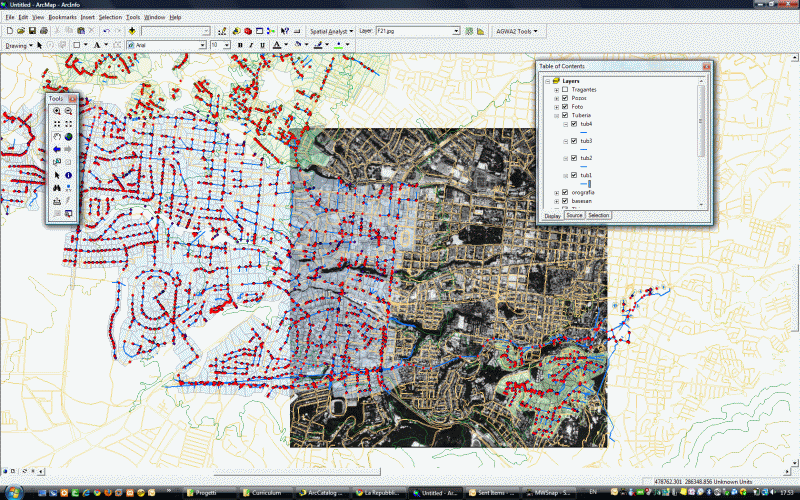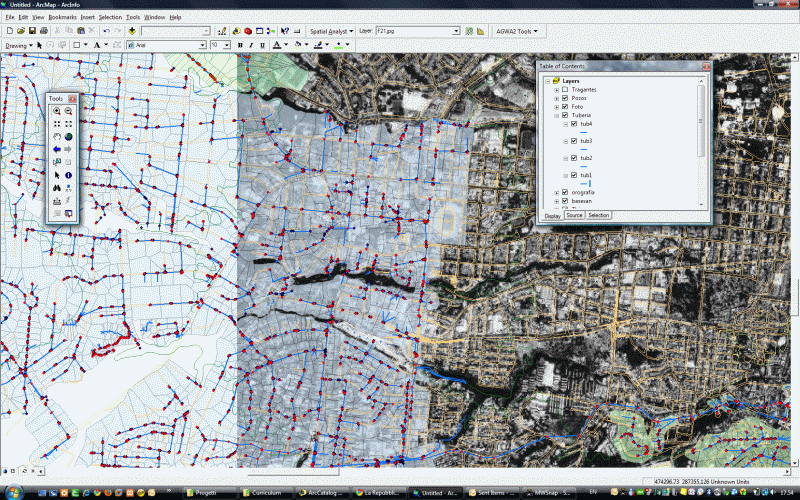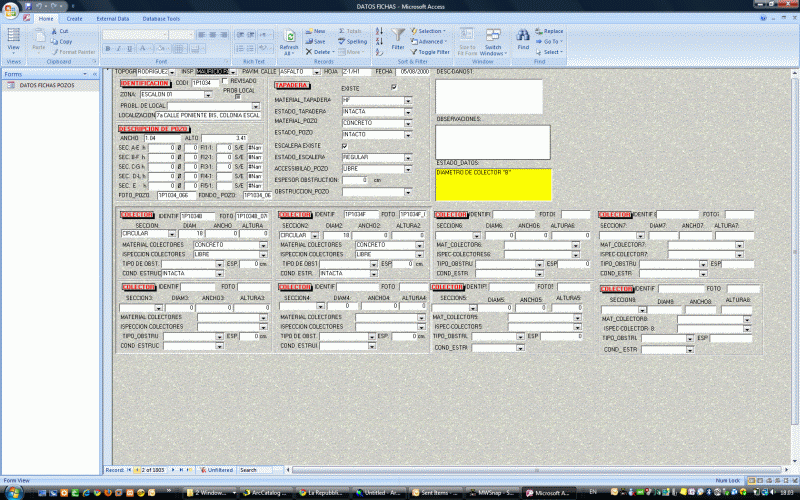Aguass Lluvias - San Salvador rain water drainage system
Inter-American Development Bank
San Salvador city, with a population of 1,200,000, has had a very high construction growth rate that has reduced the infiltration of rainwater in the soil, thus increasing surface drainage, so that even ordinary rainfall determine heavy surface flows that flood the lower flat zones of the city with a negative impact on the local economy.
Damage due to the overflow of rivers and streams in the Metropolitan Area of San Salvador (AMSS) and the absence of integrated management of storm drainage and flood control problems are becoming more frequent. In this context, in 2018 the AMSS Master Plan for the Sustainable Management of Rainwater was launched, a comprehensive development tool for planning and risk management, with actions in the short, medium, and long term, which it can be replicated by other countries and cities in the region.
Among the direct benefits of the Master Plan are the reduction of danger from floods, the improvement of the
Secondary Storm Drainage (DPS) network and the reduction of costs associated with floods.
While the indirect benefits include the creation of jobs, the improvement of the landscape
(creation of green infrastructure), the reduction of temperature, carbon dioxide emissions and oil pollution,
the recovery of public spaces, the revaluation of intervened areas and the promotion of urban mobility.
The project has involved the ascertainment of the conditions of the rainwater sewer and drainage
systems in four critical zones.
A GIS model was set up using all the information collected enabling the creation of an efficient
management tool. A package of priority measures was then defined in order to start up their detailed design.


